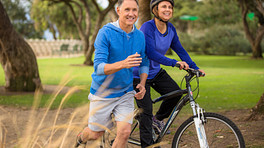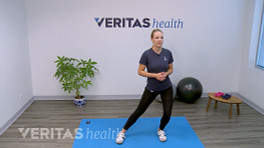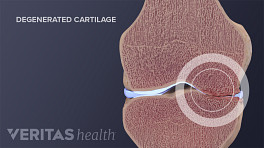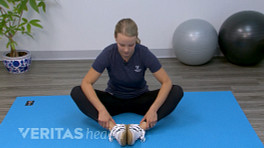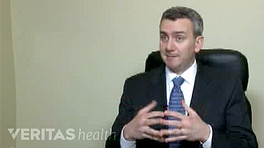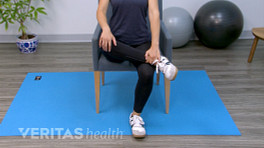There are two major components to treating hip osteoarthritis. The first is taking away the inflammation from the joint to alleviate the pain; and the other is to make sure that we address the biomechanics to take the pressure off the hip so that the inflammation doesn't return. This generally begins with exercise - with physical therapy, with stretching, with strengthening. We're looking at the entire kinetic chain, making sure that if the person hyperpronates in their feet - if they have flat feet, that gets corrected with either a custom or over-the-counter orthotic.
Looking at the entire gait cycle to make sure that the biomechanics are as good as possible. Along the way with physical therapy exercises, sometimes we give oral medications in order to help with the pain from osteoarthritis. It's not going to fix the hip osteoarthritis, but it can help alleviate the symptoms while we're going about addressing the biomechanics. Within physical therapy, there are a number of passive modalities like ultrasound, and soft tissue massage, and TENS units, and other passive modalities that are both to help alleviate the symptoms in the moment and also ideally to help alleviate some of the inflammation within the joint.


